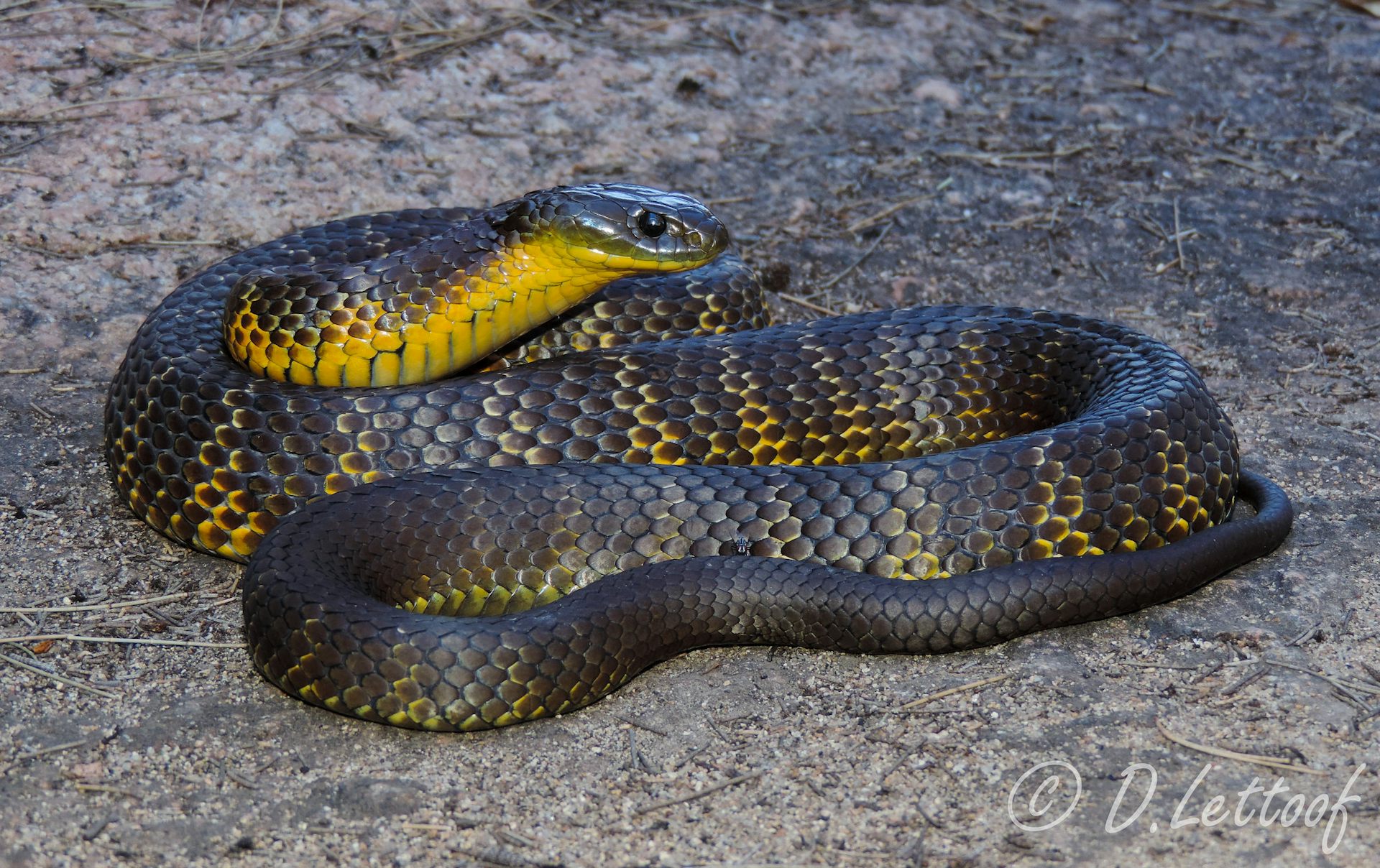Introduction
Australia is home to some of the world's most poisonous snakes, including the tiger snake, eastern brownish snake, and king brownish snake. These reptiles live in different settings across the continent, making experiences with human beings reasonably usual. Sadly, serpent attacks can cause extreme medical emergency situations, needing immediate attention and efficient therapy. This is where the importance of antivenom manufacturing in treating snake bites in Australia comes into play.
Antivenom is a life-saving therapy that neutralizes snake venom's harmful impacts, substantially lowering death prices associated with bites from harmful varieties. In this detailed write-up, we will check out the vital aspects of antivenom production, its function in treating snake attacks, and how it has actually developed in Australia over the years.
The Value of Antivenom Production in Treating Serpent Bites in Australia
Antivenom manufacturing is crucial for handling snake bite instances efficiently. With thousands of reported cases yearly, particularly in backwoods where medical facilities may be limited, having a tree snake dependable supply of antivenom can indicate the difference between life and death.
Understanding Venomous Snakes in Australia
Types of Poisonous Snakes
Australia flaunts a wide variety of venomous serpents, each presenting unique risks to human health:

- Eastern Brown Snake: Recognized for its powerful venom and aggressive nature. Tiger Snake: Found largely near water bodies; it's very venomous. King Brownish Snake: Popular for both its dimension and dangerous venom.
Understanding these serpents' environments and Snakebite statistics Australia behaviors is important for avoidance and education relating to prospective encounters.
The Refine of Antivenom Production
Step 1: Poison Extraction
The primary step in generating antivenom involves extracting venom from online serpents. This procedure requires specialized abilities and devices to make certain safety for both the trainers and the animals.
Step 2: Immunization
Once adequate venom is collected, it is used to inoculate steeds or lamb. These animals generate antibodies versus the toxins located in the venom over several weeks.
Step 3: Lotion Collection
After enough antibody levels are reached, blood is attracted from these animals to accumulate serum abundant in antibodies that reduce the effects of serpent venom.
Step 4: Purification and Testing
The collected serum undergoes filtration processes to get rid of impurities. Strenuous screening follows to make sure safety and security and efficacy before it can be distributed as antivenom.
Distribution and Accessibility of Antivenom
Antivenoms are kept at health centers across Australia, especially those situated near risky locations like bushlands or country areas. Quick accessibility makes certain prompt treatment for victims of snake bites.
First Help for Snake Bites: An Important Step Prior To Antivenom Administration
In addition to having accessibility to antivenoms, understanding correct emergency treatment procedures is important. Immediate action can minimize signs and symptoms while awaiting professional medical assistance.
Call Emergency Services: Seek immediate assistance if bitten. Keep the Victim Calm: Anxiety can speed up heart rate and spread poison faster. Immobilize the Impacted Limb: Use a splint if available. Avoid Tourniquets: They can do even more injury than good by restricting blood flow. Do Not Attempt To Suck Out Venom: This technique is ineffective and possibly harmful.Common Mistaken beliefs About Snake Bites
Many individuals hold misconceptions about serpent attacks that could result in inefficient first aid actions:
- Myth: All snakes are aggressive. Fact: Numerous snakes will run away instead of confront humans unless threatened. Myth: You must use ice or warmth after a bite. Fact: Both methods can worsen cells damage; maintaining the limb still is extra effective.
Statistics on Serpent Bites in Australia
According to reports from health authorities:
eastern brown snake baby- Approximately 3,000 snake attacks occur annual across Australia. The bulk happen throughout warmer months when snakes are more active.
Understanding these stats helps highlight why antivenom production stays essential.
Snake Bite Signs and symptoms You Ought To Know
Recognizing signs and symptoms can bring about quicker therapy:

- Localized pain or swelling Nausea or vomiting Difficulty breathing Dizziness or weakness
Immediate acknowledgment can save lives!
FAQs
1. What ought to I do if attacked by a tiger snake?
Seek emergency situation clinical help quickly! Apply fundamental emergency treatment by immobilizing the afflicted area while awaiting help.

2. Are all Australian snakes venomous?
No! While several species are venomous (like tiger serpents), others present no hazard to human beings (like many pythons).
3. Exactly how does antivenom work?
Antivenoms consist of antibodies that reduce the effects of specific toxic substances discovered in serpent poisons, successfully counteracting their damaging results on the body.
4. Can I deal with a serpent bite at home?
Self-treatment isn't recommended; constantly seek expert medical assistance despite having fundamental first aid applied.
5. Where can I locate an efficient emergency treatment kit for snake bites?
Many drug stores supply specialized kits designed specifically for treating snake bites; options vary based upon area yet seek products including compression bandages and guidelines tailored in the direction of envenomation scenarios.
6. The length of time does it consider antivenom to work?
Antivenoms usually start working within minutes after management; nonetheless individual reactions may differ based upon elements such as age or health and wellness standing prior exposure degrees and so on.
Conclusion
In summary, comprehending the importance of antivenom production in dealing with snake attacks in Australia can not be overemphasized. With a number of deadly varieties inhabiting varied settings throughout this substantial continent along with increasing incidents annually requiring raised recognition surrounding avoidance approaches combined alongside reliable treatments through timely access modern advancements and so on. Antivenoms play an essential role conserving many lives annually whilst ongoing study enhances developments guaranteeing future innovations continue progressing healthcare techniques combating problems associated specifically concerning wildlife communications versus human populations thus bridging voids inevitably making certain safer conjunction moving on right into tomorrow's landscape!
By understanding exactly how important these treatments are combined with prevention education and learning techniques we empower ourselves areas prosper sustainably sympathetically together safeguarding each other versus threats positioned nature itself!